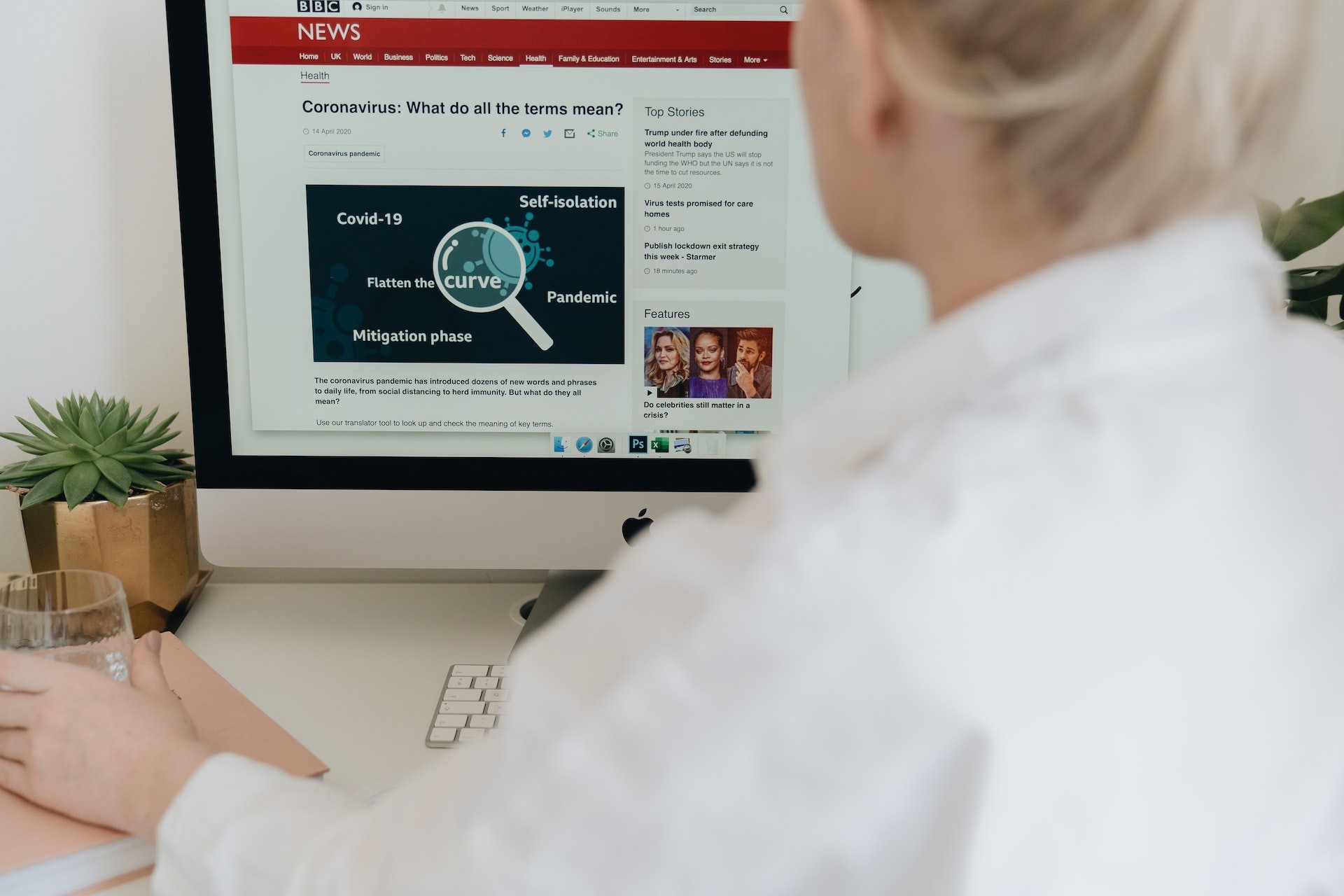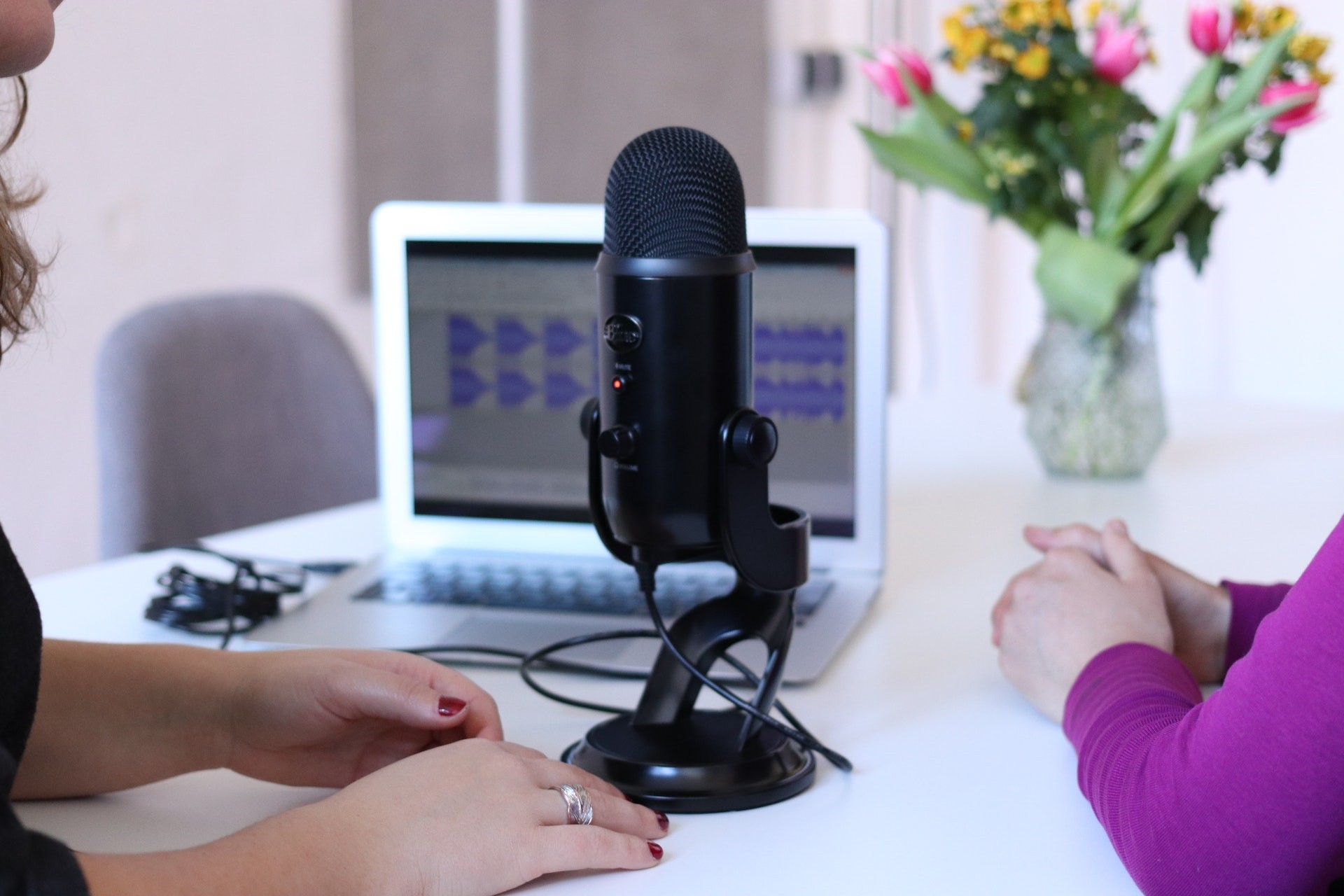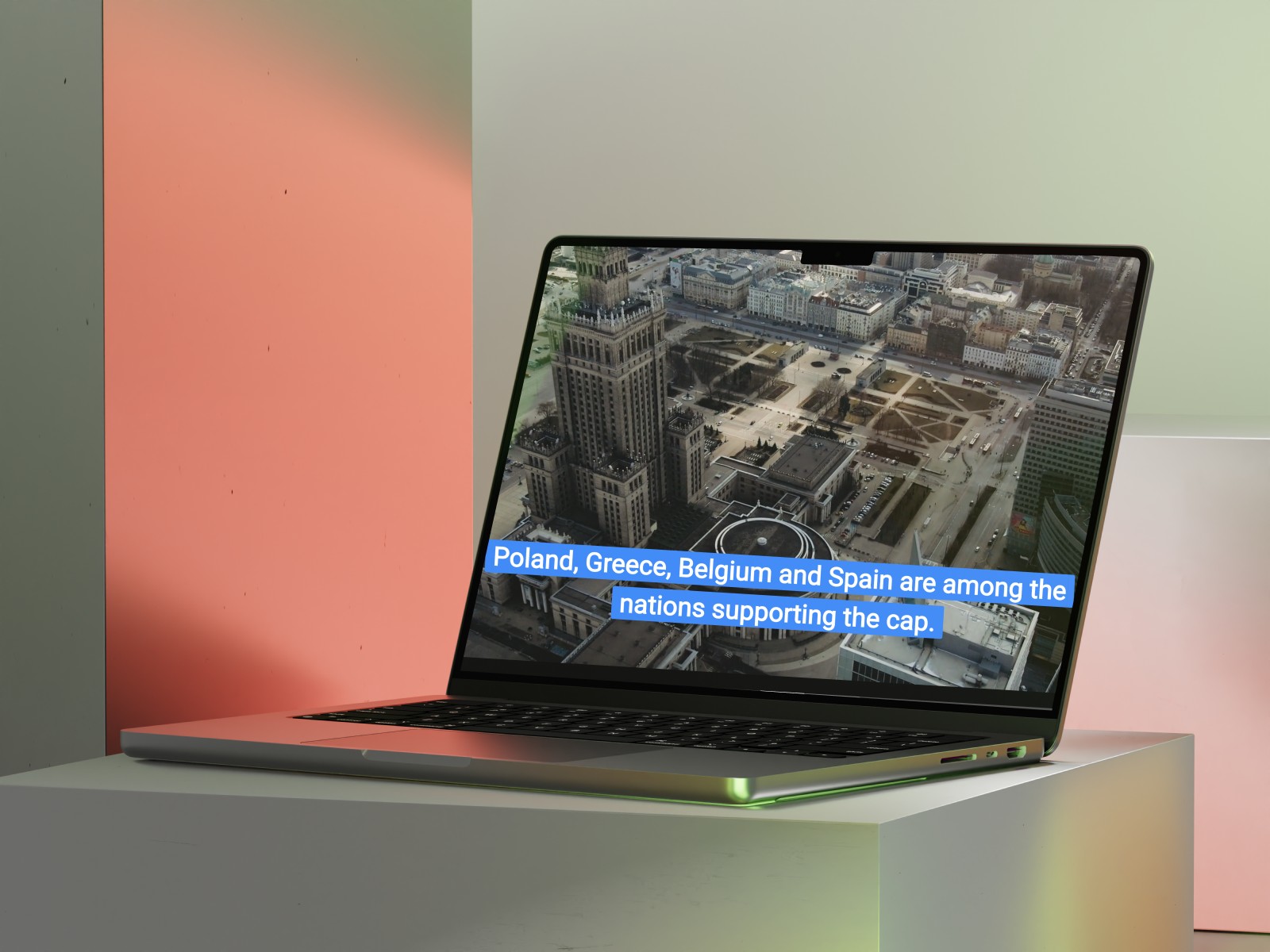Introduction
In today's fast-paced digital landscape, where people consume content in diverse formats, ensuring everyone has access is more important than ever. Inclusivity should be at the forefront of content creation, and that's where text-to-speech and text-to-video tools come into play.
You might think, "Oh, accessibility, that's just a buzzword." But it's not.
Accessibility is about ensuring that everyone, regardless of their abilities, can access content in a way that works for them. It's about creating a level playing field where everyone can learn, grow, and engage with the world around them.
It's where text-to-speech and text-to-video tools come in. They provide a solution to accessibility challenges, allowing everyone to access content in a way that works for them. Whether it's a video, podcast, or article, these tools can help to make the content more inclusive and engaging.
Hold on tight and get ready to explore how text-to-speech and text-to-video tools can help you create accessible content that reaches a broader audience.
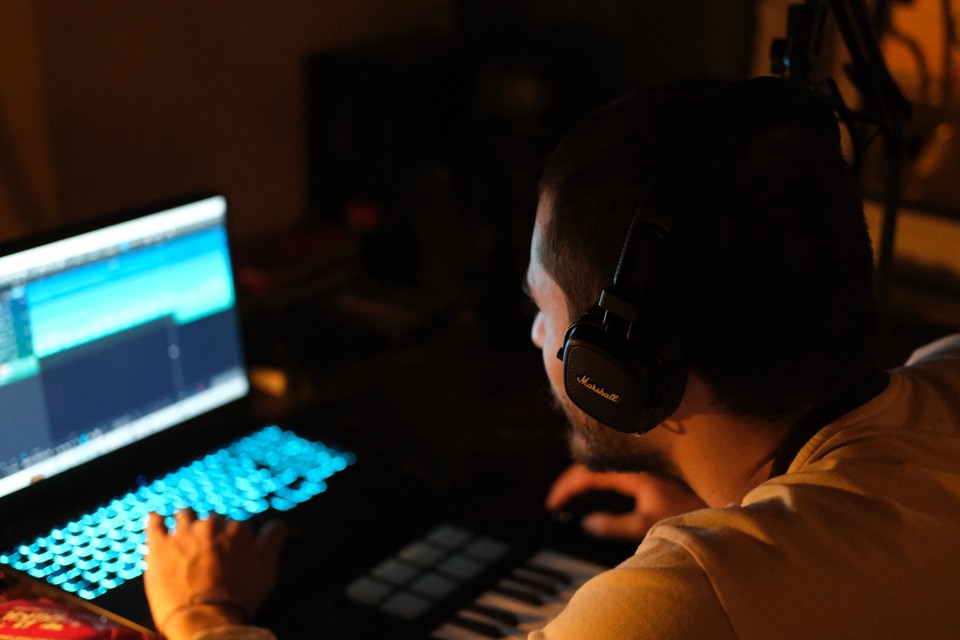
Benefits of using text-to-speech and text-to-video for accessibility
Regarding accessibility, the benefits of using text-to-speech and text-to-video tools are abundant. Let's discuss a few reasons why you should consider using these tools in your content creation:
1. Improved user experience
By using text-to-speech and text-to-video tools, you can create content that is more engaging and accessible for all users. People with visual impairments or learning disabilities can benefit from the addition of audio or video content, making it easier for them to understand and engage with the material.
2. Compliance with accessibility standards
In today's digital age, accessibility is no longer a nice-to-have; it's a must-have. Using text-to-speech and text-to-video tools, you can ensure that your content meets accessibility standards and guidelines, which will help you avoid legal issues and ensure your content is accessible to all users.
3. Increased reach and engagement
Making your content accessible to everyone opens up a whole new audience. Using text-to-speech and text-to-video tools, you can reach people who may have previously been unable to engage with your content. It also increases engagement, shares, and a more diverse audience.
In short, using text-to-speech and text-to-video tools in your content creation can help improve the user experience, ensure compliance with accessibility standards, and increase engagement with a broader audience. So, why not give it a try? Your content (and audience) will thank you!
Best practices for creating accessible content with AI text-to-speech and text-to-video tools
Now that you know the benefits of using text-to-speech and text-to-video tools, let's take a look at some best practices for creating accessible content:
1. Choose the right voices and languages
When using text-to-speech tools, choosing voices that are clear, easy to understand, and appropriate for the content is essential. It's also important to consider the language(s) you are using and ensure that the voices you choose are fluent in those languages. Learn how to choose the best text-to-speech tool based on your needs!
2. Provide captions and transcripts
Captions and transcripts are essential for making video and audio content accessible. They provide a written version of the content, making it accessible to people who are deaf or hard of hearing or prefer to read it instead of listening. You can read more on the importance of burning in captions here.
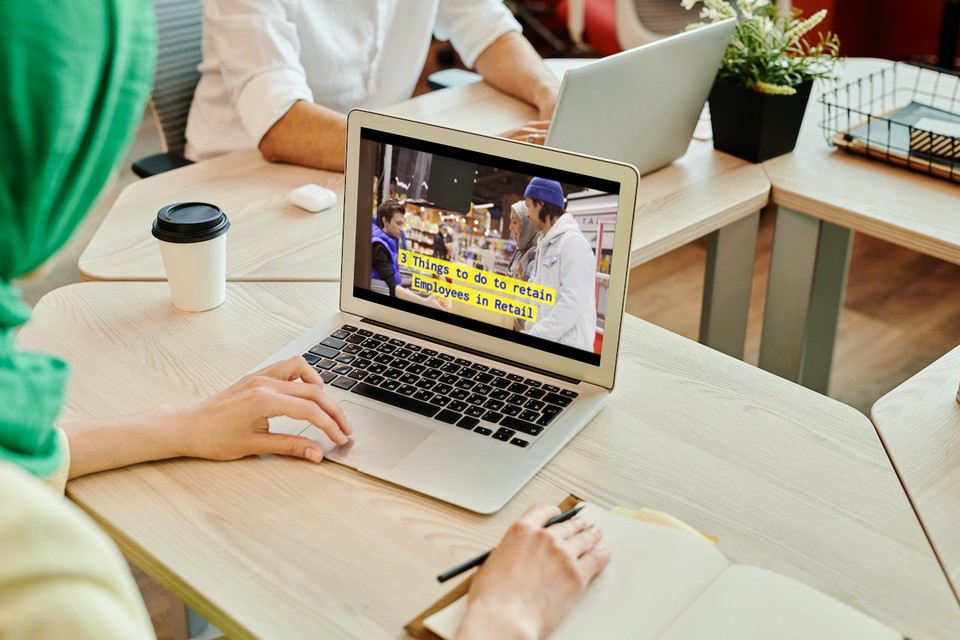
3. Keep the content simple and concise
When creating content, it's essential to keep it simple and easy to understand. Avoid using complex language or overly long sentences, as this can make it difficult for the tools to convey the content accurately.
4. Design for visual and auditory accessibility
When creating video content, it's essential to consider both visual and auditory accessibility. It includes using clear visuals, high contrast, and appropriate color schemes. It also means ensuring the audio is easy to understand, with no distracting background noise.
With these best practices at your fingertips, you'll be well-equipped to create engaging and accessible content for all users. See how easy it can be to make your content more inclusive with the help of the right tools and techniques.
Examples of successful accessible content created with text-to-speech and text-to-video tools
Now that we've covered the benefits of using text-to-speech and text-to-video tools and some best practices for creating accessible content let's take a look at some examples of successful accessible content created with these tools:
1. Facts From Frankie
Facts From Frankie is a YouTube channel created by Jensen Tung that uses AI to generate videos about various topics such as science, history, and current events. The videos are created with the help of text-to-speech technology that converts the written script into spoken words, making the content accessible to people with visual impairments.
2. psyHOWlogy
Attila is the creator of psyHOWlogy, a YouTube channel focusing on psychology and relationship-related content. As a non-native English speaker, Attila uses a text-to-video tool, Fliki, to generate videos with the help of text. It allows him to create content in English without worrying about the language barrier and makes the videos accessible for people with hearing impairments.
3. Heyy
Heyy is a mental health app that provides users with guided journals and reflection resources. To make the app more accessible, Heyy uses Fliki's text-to-speech technology to generate voice prompts for help, saving time and cost compared to hiring voiceover artists. It allows the app to provide accessible content for people with visual and hearing impairments and ensures their content can be consumed in a more immersive form.
These examples demonstrate how people leverage text-to-speech and text-to-video tools to create accessible content for people with visual and hearing impairments, as well as those who may not be fluent in the language of the content.
Conclusion
In conclusion, creating accessible content is not just about being compliant with accessibility standards; it's about ensuring everyone has equal access to information and entertainment. Text-to-speech and text-to-video technology have revolutionized how we create content, making it easier than ever to reach a wider audience.
By using these tools, we can create content that is accessible for people with visual and hearing impairments, as well as those who may not be fluent in the language of the content. We've seen how these tools have been used in successful examples like Facts From Frankie, psyHOWlogy, and Heyy.
So, let's make a conscious effort to create content that is accessible to everyone. By doing so, we can help break down barriers and make the world a more inclusive place. Let's harness the power of technology to create a more accessible and equitable future.

